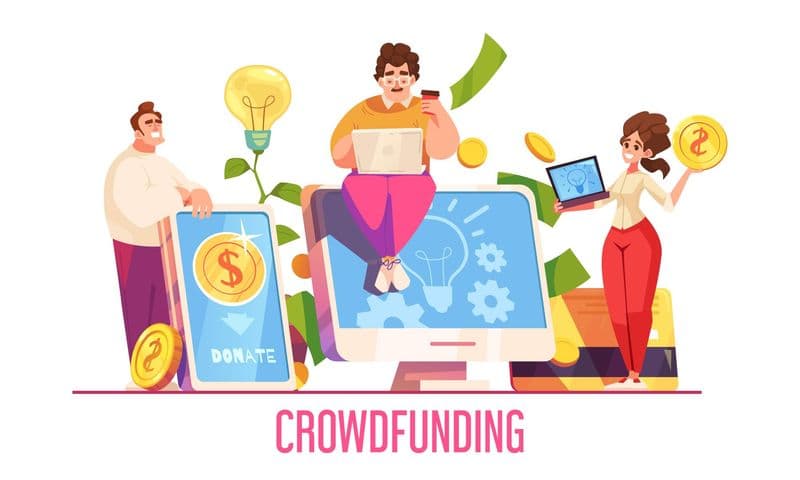
Introduction
"Closed Won" is the term used when a salesperson seals the deal, secures the sale, and adds a new customer to their roster. This pivotal moment is a cause for celebration in the world of sales.
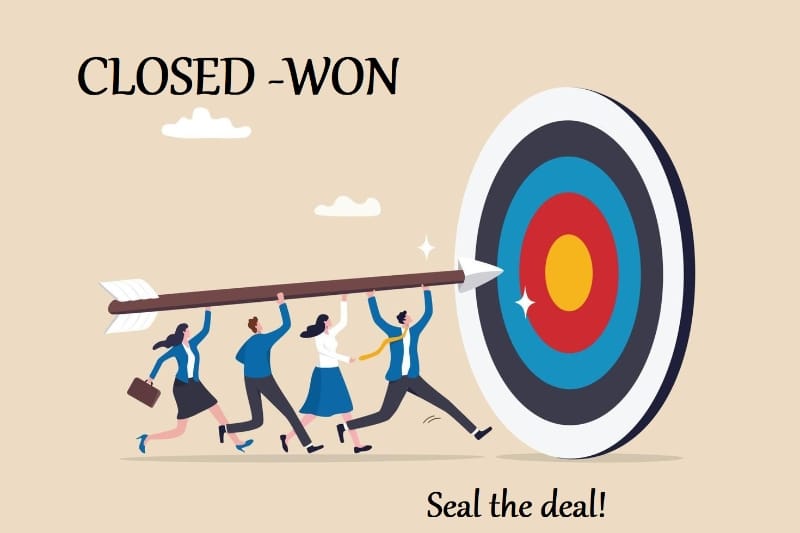
But what does "Closed Won" really mean?
And why is it so significant?
In this article, we'll explore the profound impact of this term on sales teams and businesses, learn the best practices for closing deals, and discuss the implications for business.
What is Closed-Won in Sales?
In sales, "closed-won" refers to a specific stage in the sales process where the SDR or the sales team successfully closes and wins a deal or opportunity.
It signifies that the prospect or lead has made the decision to purchase the product or service being offered, and the salesperson has successfully secured the sales cycle.
The "closed-won" stage typically marks the transition from the sales process to the customer onboarding or implementation phase. It is an important milestone that indicates a successful sale and revenue generation for the business.
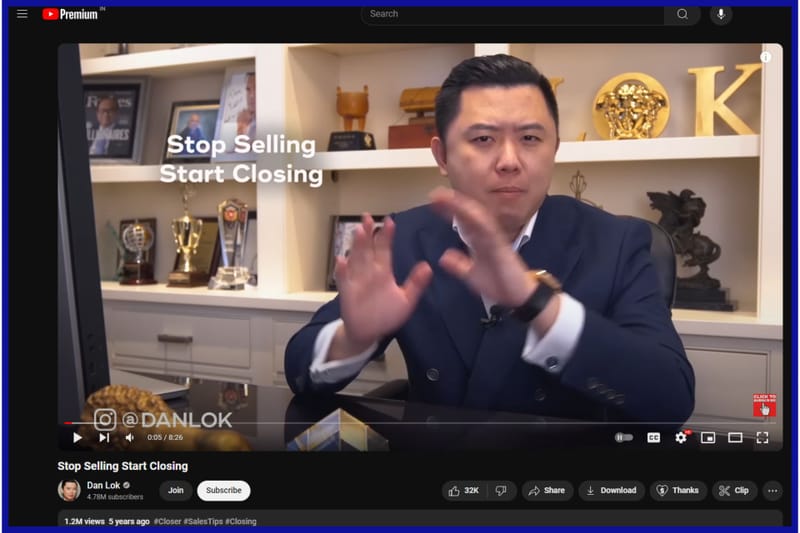
Watch the full video on YouTube for a better understanding.
Also read: Understanding the Differences between SDR and AE
Understanding the significance of Closed-Won
Understanding the significance of "Closed Won" deals is crucial for sales professionals who strive to achieve success. These deals signify the ultimate goal: turning prospects into paying customers.
To grasp their importance and maximize your chances of closing won opportunities, consider the following strategies:
Strategies For Closing the Interview
Qualify leads effectively:
Effectively qualifying leads is an important step when it comes to sales, as it helps sales professionals prioritize their efforts and focus on the most promising opportunities.
Focus on identifying the most qualified prospects who align with your ideal customer profile. This will ensure that you invest your time and resources in opportunities with a higher chance of success.

To qualify leads effectively, consider the following key points:
- Start by clearly defining the characteristics, demographics, and firmographics of your ideal customers, who are more likely to convert into paying customers.
- Gather information about your leads to understand and recommend whatever they need. Use various sources, such as their website, social media profiles, and industry publications, to fit your approach.
- During your initial interactions with leads, ask relevant questions that help determine their level of interest, budget, timeline, and fit with your product or service.
- Develop a lead scoring system to assign points to each lead based on their characteristics and behavior. Assign higher scores to leads that closely match your ideal customer profile and demonstrate active engagement.
- Pay attention to buying signals, such as requests for more information, interactions with your content, attendance at webinars, or engagement with your team.
- Regularly communicate with marketing to refine the qualification process based on the effectiveness of leads generated and establish a feedback loop.
- Regularly review and identify areas for improvement.
2. Present compelling value propositions:
A value proposition is a concise and persuasive statement that clearly communicates the unique benefits and value that a product or service offers to potential customers.

It is the answer to the question, "Why should customers choose your offering over competitors?"
A compelling value proposition should address the following key elements:
- Highlight unique features, advantages, or benefits that set you apart and stand out from the competition like giving corporate gifts for clients.
- Showcase how it solves their problems, improves their situation, or fulfills their desires.
- Include customer success stories, case studies, reviews, or data-driven results that validate your claims and build trust with potential customers.
- Appeal to the emotions and aspirations of your target audience.
- Avoid jargon or technical terms that might confuse or alienate your audience.
Think of it as an interview process, wherein the customer is the interviewer, and you have to answer all their questions adequately if you want to pass.
3. Efficiently handle objections:
Objections are common challenges or concerns raised by prospects that may hinder their decision-making process. Effectively addressing objections requires a strategic approach and a customer-centric mindset.
Remember, objections are often opportunities. With clarification and deeper engagement, it is always a win.
Here are some key points to consider:
- Listen attentively to the prospect's objections and allow them to express their concerns fully. A recruiter who shows empathy will be able to connect at a much deeper level and also let the prospect know that their opinion is valued.
- Seek clarification to ensure you fully understand the prospect's objection. Ask open-ended questions to encourage them to elaborate on their concerns.
- Respond to objections confidently and directly. Use persuasive language.
- Focus on benefits and provide social proof.
- If the prospect's objection seems difficult to overcome, consider offering alternative solutions or options that still meet their needs.
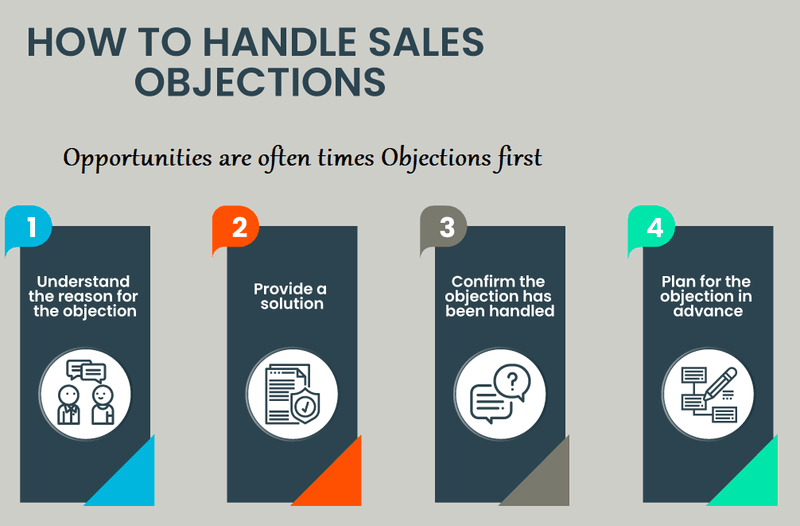
4. Nurture leads through the sales funnel
Nurturing leads through the sales funnel means engaging with them at every stage of their buyer's journey and tailoring your interactions to their specific needs and interests.
The key to successful lead nurturing is understanding that not all leads are ready to buy immediately. Some may be in the early stages of research, while others may be comparing different options or evaluating their budget.

[Watch the full video on YouTube to understand better]
You can consider the insights below:
- Provide valuable and relevant content that educates and addresses the challenges your prospects face. This can include blog articles, whitepapers, case studies, webinars, or exclusive industry insights.
- Leverage the data and insights you have gathered throughout the process to deliver targeted messages that resonate with their individual preferences.
- Be readily available to address any questions or concerns they may have. Respond promptly.
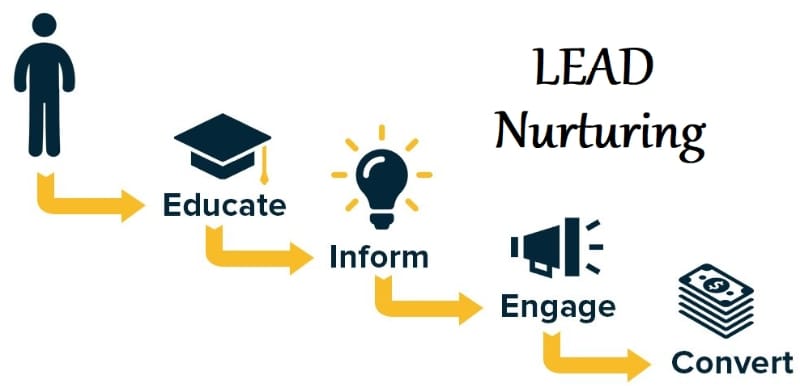
5. Collaborate with internal teams
Collaborating with internal teams involves working closely with different departments and individuals within your organization to ensure a cohesive and aligned approach toward achieving sales goals.
By collaborating, you tap into the expertise, resources, and knowledge of other teams, fostering a collaborative and synergistic environment.
- One key benefit is the ability to leverage their insights and expertise.
- Collaboration also facilitates a seamless flow of information and feedback.
- Collaboration with internal teams promotes a culture of shared goals and collective responsibility. You create a supportive network that can assist you in overcoming challenges, brainstorming innovative solutions, and collectively driving success.

To effectively collaborate with internal teams:
- Establish clear channels of communication,
- Foster a culture of openness and trust and actively seek opportunities for cross-functional collaboration.
- Regular meetings, shared project management tools, and collaborative platforms can facilitate efficient communication and ensure everyone is on the same page.

6. Continuously improve through analysis
Continuously improving through analysis involves closely examining past closed won deals to uncover valuable insights and identify patterns that contribute to success.
By analyzing these deals, teams can gain a deeper understanding of customer preferences, pain points, and motivations. By identifying commonalities among closed won deals, they can develop a clearer picture of what resonates with customers and tailor their sales approach accordingly.
This may involve refining messaging, adjusting value propositions, or adapting sales techniques to align with customer needs and preferences.
- Identify areas for improvement and address any weaknesses when it comes to sales positions. Pinpoint challenges or obstacles that may have led to lost opportunities.
- Develop strategies to overcome these hurdles and increase their chances of closing deals in the future. This could involve practicing interview questions, enhancing product knowledge, improving objection-handling techniques, or optimizing sales presentations.
- The teams can establish a culture of learning and improvement.
- Identify best practices, share insights, and collaborate on refining sales strategies.

This iterative process allows sales professionals to stay agile, adapt to changing market dynamics, and consistently improve their performance.
By understanding the significance of closed won deals and implementing these strategies, you can increase your chances of achieving them consistently and driving revenue growth for your business.
Remember, each closed-won opportunity is a testament to your sales prowess and a step closer to achieving your goals.
Conclusion
Closing a sales deal represents a significant milestone in the overall process, signifying the successful conversion of a prospect into a paying customer.
By decoding the concept of "Closed Won," we gain valuable insights into the effectiveness of our sales strategies and the overall health of our pipeline. It helps to focus on refining our sales approach, identifying patterns, and replicating successful strategy.
It empowers us to make data-driven decisions and continuously improve our sales techniques.

So, embrace the power of "Closed Won" and use it as a compass to guide your sales efforts. Celebrate each success, learn from each interaction, and never stop striving for excellence.
With a thorough understanding, you'll be well-equipped to navigate the sales landscape and achieve your business objectives.
Now, armed with this knowledge, go forth and conquer the world of sales, one "Closed Won" deal at a time.




